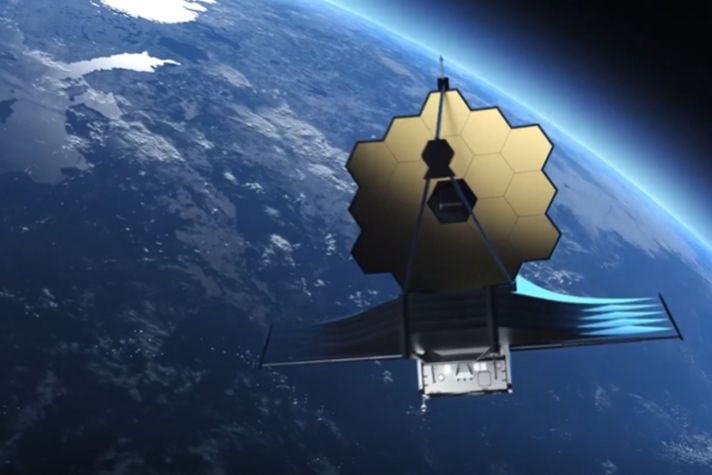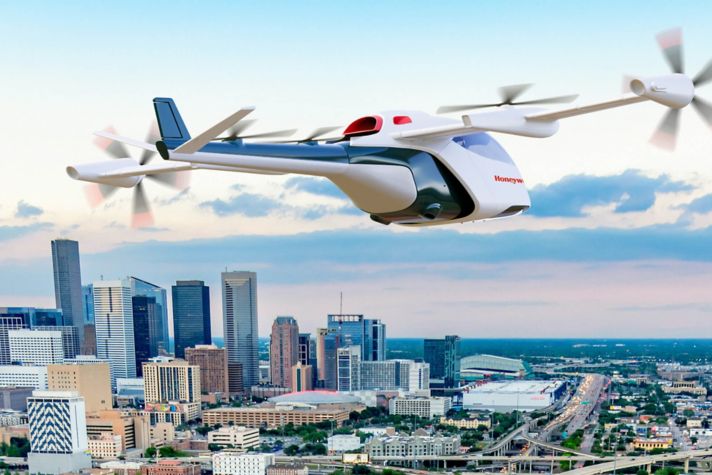-
Global
-
Africa
-
Asia Pacific
-
Europe
-
Latin America
-
Middle East
-
North America
- |
- BUSINESSES
- |
- Contact
- |
-
Global
-
Africa
-
Asia Pacific
-
Europe
-
Latin America
-
Middle East
-
North America
- |
- BUSINESSES
- |
- Contact
- |
You are browsing the product catalog for
You are viewing the overview and resources for
- News
- What It Was Like to Get Ready for Apollo 11
July 18, 2019
Despite participating in flight testing with Neil Armstrong, Jim Bailey could not bring himself to watch his friend walk on the moon.
In 1969 Jim, then a Honeywell test pilot, had worked with Neil on testing revolutionary airplanes like the X-15, a hypersonic rocket-powered aircraft. Even though they had developed a close friendship, Jim chose not to join 650 million people who tuned in to the historic moon landing.
“I remember being so concerned that I didn't want to be too close to what was going on,” Jim recalled recently. “If anything bad happened, I don't think I could have stood it. I felt personally involved in everything he did.”
Jim and Neil met when Neil became one of the first NASA pilots to fly Honeywell’s adaptive system installed on the F-101. They became close during testing at Wold-Chamberlain Field in Minneapolis.
Later, they tested it on the X-15 aircraft. That ground-breaking program was the precursor for breaking free of Earth’s orbit and really launched the dawn of the space age.
Those test flights were planned in meticulous detail.
“You tried to not have any surprises. You tried to do everything and it was carefully planned and thought out.”
In addition to working the X-15 program, Jim contributed to Project Mercury by evaluating the space capsule’s flight controls. That testing was strenuous. He was in a spacesuit in centrifuge, spinning quickly. He had the simulated feeling his eyeballs were popping out of their sockets. The tests went up to six or seven times g-force, he recalled, adding it was “miserable, miserable.”
When Jim and Neil met, they had similar military backgrounds.
Jim was a fighter pilot in the Marine Corps during World War II and in the Korean War. And Neil was a fighter pilot in the Navy and flew 78 combat missions over Korea, according to a Navy history organization.
Jim describes Neil, who died in 2012, as having been remarkable, a fine gentleman, steady and accomplished.
Their friendship was evident in a 1962 newspaper article that announced Neil had won an aviation award for testing the Honeywell Adaptive Flight Control System in the X-15 rocket plane.
Jim was quoted in the article describing Neil. “He’s a crackerjack engineer and a very good pilot – just about the ideal man for this sort of work.”
Forty years later, Neil wrote a letter of recommendation for Jim to be inducted into the Minnesota Aviation Hall of Fame.
The Apollo 11 mission launched July 16, 1969 with three crew members, Neil, Buzz Aldrin and Michael Collins.
On July 20, 1969 the world tuned in to watch Neil walk on the moon.
At the time, Jim’s family was on vacation in Europe and there was only one TV in the lobby of where they stayed, recalled Jim’s daughter Deborah.
“We gathered around the TV, and we wondered where Dad was, and I think someone may have run to get him.”
But Jim told them he would not watch.
“He knew everything that could go wrong. I mean, there were so many things, and some did go wrong, and Neil worked it out. But yeah, Dad didn't even watch it,” Deborah said.
The dangers of the mission were too personal.
“I knew Neil so well that everything he did that has a high risk, I felt part of that risk,” Jim said.
But Neil successfully took a small step, completed the mission and made history.
“When he was successful, I just collapsed,” Jim said.
The first time they reunited after the mission, Jim congratulated his friend.
“You did it! You made it!” he remembered telling Neil. Then, Neil told Jim that the Apollo 11 mission was just like their testing.
Except Neil flew in a new area: The moon.
Learn more about Apollo 11.
Copyright © 2025 Honeywell International Inc.




